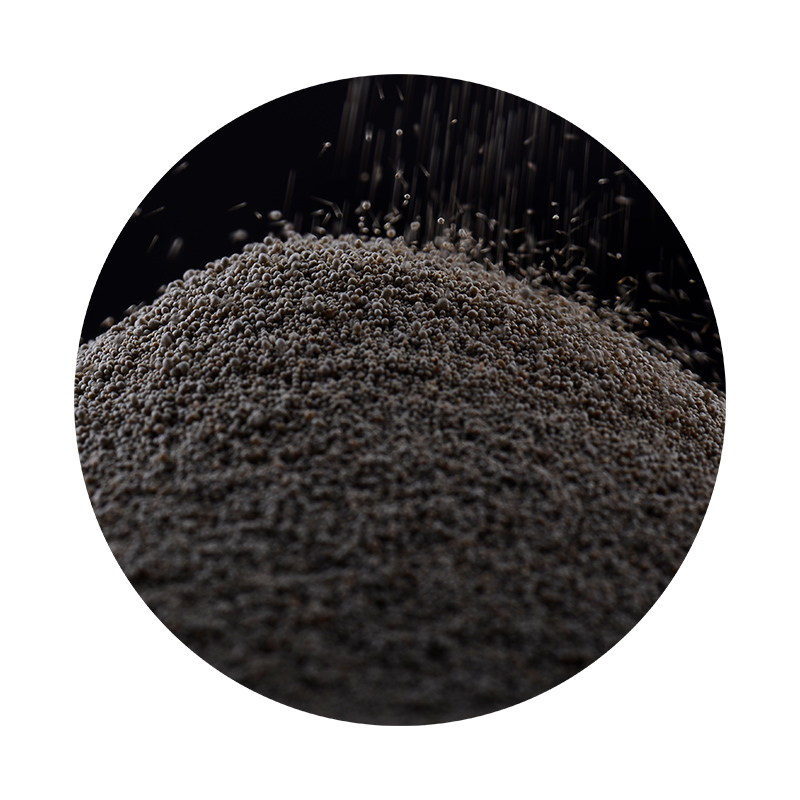The Innovative Use of Sintered Sand in Modern Manufacturing
In the contemporary landscape of manufacturing and construction, the exploration of alternative materials continues to gain momentum, particularly with the emergence of sintered sand. Sintered sand is formed through a process that involves heating sand to a temperature below its melting point, causing the grains to bond together. This unique property opens the door to a wide range of applications across various industries.
Understanding Sintered Sand
Sintering is a process that converts a compacted powder into a solid mass through the application of heat without melting the material. For sand, this process results in a highly durable and resilient material. Typically, silica sand is used as the primary ingredient, but other minerals can also be incorporated to enhance specific properties. The resulting sintered sand exhibits remarkable strength, low porosity, and high resistance to wear and tear, making it an excellent candidate for various engineering applications.
Applications in Construction
One of the most notable applications of sintered sand is in the construction industry. It can be utilized as a robust aggregate replacement in concrete formulations, resulting in lightweight yet strong construction materials. This application not only improves structural integrity but also lessens the environmental impact associated with traditional concrete production. By incorporating sintered sand, builders can achieve a more sustainable approach to construction while also addressing concerns related to resource depletion.
Additionally, sintered sand is effective in producing precast concrete products such as pavers, curbs, and walls. Its superior bonding properties allow for enhanced durability in outdoor applications, where exposure to weather conditions is a significant concern. The integration of sintered sand in prefabricated structures leads to products that can withstand extreme temperatures and environmental challenges, thus extending their lifespan and reducing maintenance costs.
Advancements in 3D Printing
sintered sand

Another groundbreaking application of sintered sand is in the field of additive manufacturing, particularly 3D printing. The use of sintered sand in sand-based 3D printing allows for the creation of complex geometries that would be impossible or highly impractical to achieve with traditional manufacturing methods. This technology is revolutionizing the production of molds and cores for foundries, enabling manufacturers to produce intricate designs with reduced lead times and material waste.
Moreover, 3D-printed sand molds can be used in various metal casting processes, allowing for a high degree of precision and customization. The ability to rapidly prototype with sintered sand molds enhances innovation in product design, making it easier for companies to bring their ideas to market.
Environmental Considerations
The use of sintered sand also aligns with the global emphasis on sustainability. As industries seek to reduce their carbon footprint, sintered sand presents an opportunity to utilize waste materials effectively. For instance, foundries can use spent sand, which is typically discarded, as a raw material for creating sintered sand products. This not only decreases waste but also mitigates the need for virgin materials, fostering a circular economy.
Furthermore, the production of sintered sand requires significantly less energy compared to traditional manufacturing methods for comparable materials. This reduction in energy consumption directly contributes to lower greenhouse gas emissions, making sintered sand an environmentally friendly option in both construction and manufacturing.
Conclusion
Sintered sand represents a remarkable advancement in material science, offering innovative solutions for modern manufacturing and construction challenges. With its diverse applications, from enhancing concrete mixtures to revolutionizing 3D printing, sintered sand is paving the way for a more sustainable and efficient future. As industries continue to prioritize eco-friendly practices, the adoption of sintered sand is likely to grow, marking a significant shift towards more sustainable material usage in the years to come.
Post time:Oktoba . 12, 2024 20:59
Next:Innovative Uses of Cerabead Sand in Modern Industry and Construction Technology
